The Last Era of Escalators
Ridgmar Mall opened in 1976 near Interstate 30, at the edge of Fort Worth's westward buildout. Dillard's, JCPenney, and Neiman Marcus anchored the site. A year later, Sears filled the remaining slot. The layout was typical for its time: wide corridors, two levels, and natural light near the center.
The escalators ran quietly. People stayed longer than they planned. Traffic moved in loops. The space didn't aim to impress. It aimed to work. In the early years, it did.
Anchors, Lease Terms, and Early Structure
Ridgmar Mall opened with three anchors in place. Dillard's, JCPenney, and Neiman Marcus signed on in 1976.
Sears arrived in 1977. The anchors framed the mall's footprint, broad halls connecting corners, two full levels, and standard finishes.
Kravco developed the site using a model already tested in other cities.
The site choice was deliberate. Growth in west Fort Worth made Green Oaks Road and I-30 an easy target.
No food court opened with the mall. No cinema either. Retail filled the space first, with restaurants and entertainment added later.
The goal was continuity. National tenants moved in under standard lease terms, long agreements, fixed options, and few surprises.
Ridgmar Mall didn't advertise luxury. Neiman Marcus gave it polish. Sears and JCPenney brought scale.
The interior followed Kravco's logic: high ceilings, simple shapes, and few barriers to flow.
Everything was built for durability. Stores turned over, but the structure held. That was the point.
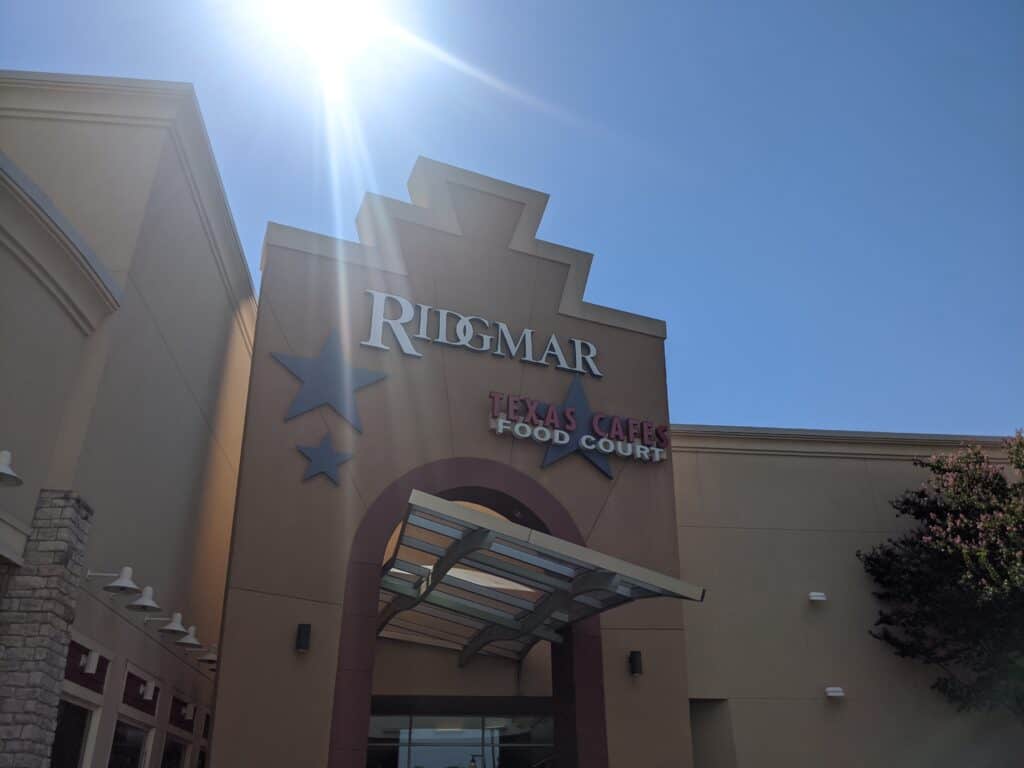
Turnover, Expansions, and Retail Repositioning
Foley's entered the Ridgmar Mall floor plan in 1998, positioned near the center and sized to fit the evolving mix of tenants.
The location was converted to Macy's in 2006 as part of a nationwide rebrand by Federated Department Stores.
That swap marked one of the last times a new national anchor opened in the mall.
By then, Rave Cinemas had already taken its place as a fifth anchor.
It opened in the early 2000s, housed in a stand-alone structure facing the mall's south side, drawing evening traffic that traditional retail no longer secured on its own.
H&M arrived in 2015. The 20,000-square-foot lease was announced with modest fanfare and opened later that year.
At the time, it was one of the few new fashion retailers entering legacy-enclosed malls in the region.
That same space was vacated around 2021 and later absorbed by Tarrant County health officials during a vaccine rollout operation.
No permanent replacement followed.
Anchor turnover picked up speed. Macy's closed its Ridgmar Mall store in early 2016.
Dillard's had already transitioned to a clearance center.
Sears held on until 2018 but announced its closure that summer as part of a national downsizing of 72 stores.
JCPenney listed the Ridgmar Mall location for sale in 2020.
The pace of departures didn't come with public statements.
Most closures followed broader corporate decisions, not local performance.
The floor plan stayed intact, but by 2020, the mall's anchor footprint had shifted almost entirely from national retail to adaptive reuse.
Renovation Cycles and Real Estate Retooling
In 2013, Macerich sold Ridgmar Mall to GK Real Estate, then operating as GK Development.
No dramatic change followed at first.
In 2016, the new owner announced a phased renovation strategy aimed at stabilizing occupancy and updating common areas.
Phase one included repainting, upgrading lighting, and second-floor railing replacements.
No additional square footage was built.
Rave Cinemas completed a separate $3 million remodel around the same time.
Its updates weren't tied to the mall's broader overhaul, but the projects ran concurrently.
The Neiman Marcus space, vacated in 2017 after an announced exit three years earlier, was acquired by GK Real Estate in October 2016.
At 120,000 square feet, the space remained empty for several years.
The Macy's space was sold in 2020 to Right Move Storage, which converted the former department store into a self-storage facility.
The buildout kept much of the original footprint, but the use was entirely new.
When Right Move left in 2023, the unit was taken over by Free Up Storage, a national operator.
The reconfiguration of the mall's real estate model didn't follow a master redevelopment plan.
Each change was piecemeal, retail swapped for services, public access swapped for controlled entry.
Neiman Marcus remained closed. Sears stayed vacant.
H&M's former footprint went to the county during the vaccine drive but reverted back to vacancy.
Renovation announcements slowed after 2017.
Lease data shows minor interior upgrades continuing through 2019, but no further phases were publicly outlined.
GK Real Estate held the property but shifted its focus toward repositioning space rather than expanding it.

SeaQuest Lease, Regulatory Blowback, and Tenant Collapse
SeaQuest Fort Worth opened in 2017 inside Ridgmar Mall, covering about 28,000 square feet.
The space had once been part of the retail core.
It was repurposed without heavy reconstruction, using the existing grid for animal enclosures, touch tanks, and ticket lines.
Its entry sat between interior corridors designed to funnel visitors directly from the parking lot or the central atrium.
The early draw was steady. School groups booked weekday slots. Families walked in on weekends.
By 2020, SeaQuest was one of the few operations inside Ridgmar Mall that still pulled outside traffic.
That changed in 2024.
A USDA inspection on January 4, 2024, flagged animal housing that didn't meet basic standards.
The report cited cramped conditions, poor sanitation, and gaps in record-keeping.
SeaQuest was given a one-month window to resolve the violations.
In July, three former employees sent documentation to PETA, including internal footage showing animal neglect and multiple animal losses.
Two nurse sharks, Icarus and Achilles, were named in the records. Both had starved.
By August, the issue had moved beyond internal discipline.
On August 12, PETA contacted the Tarrant County District Attorney.
That letter was passed to the Fort Worth police. On August 16, a local investigation opened, then shut down within a month.
Police stated the agency wasn't equipped to pursue the case further.
SeaQuest closed on October 28. No public notice was posted inside the mall.
In December, SeaQuest Holdings filed for Chapter 11 bankruptcy, listing $1 million in assets against more than $10 million in liabilities.
Anchor Vacancy, Storage Conversion, and Commercial Drift
By early 2025, Ridgmar Mall listed four open anchors.
Dillard's Clearance Center, JCPenney, Rave Cinemas, and Free Up Storage still operate.
The Sears space has been empty since late 2018. Neiman Marcus, which left in 2017, has seen no active redevelopment.
The Military Museum of Fort Worth relocated to Ridgmar Mall in 2018, leaving the Stockyards behind for 11,000 square feet between Dillard's and JCPenney.
The new space allowed for expanded exhibits and easier access.
Inside, visitors move through full-scale recreations, a World War I trench, a WWII farmhouse, and a Vietnam jungle.
Artifacts include uniforms, weapons, and personal gear, much of it gathered from battlefield sites in France.
In 2020, JCPenney listed its Ridgmar Mall store among 21 properties slated for sale.
The store remains open as of 2025, but the listing signaled intent. No replacement tenants have been confirmed.
As of May 2025, Ridgmar Mall functions more as a patchwork of separate leases than a unified commercial center.
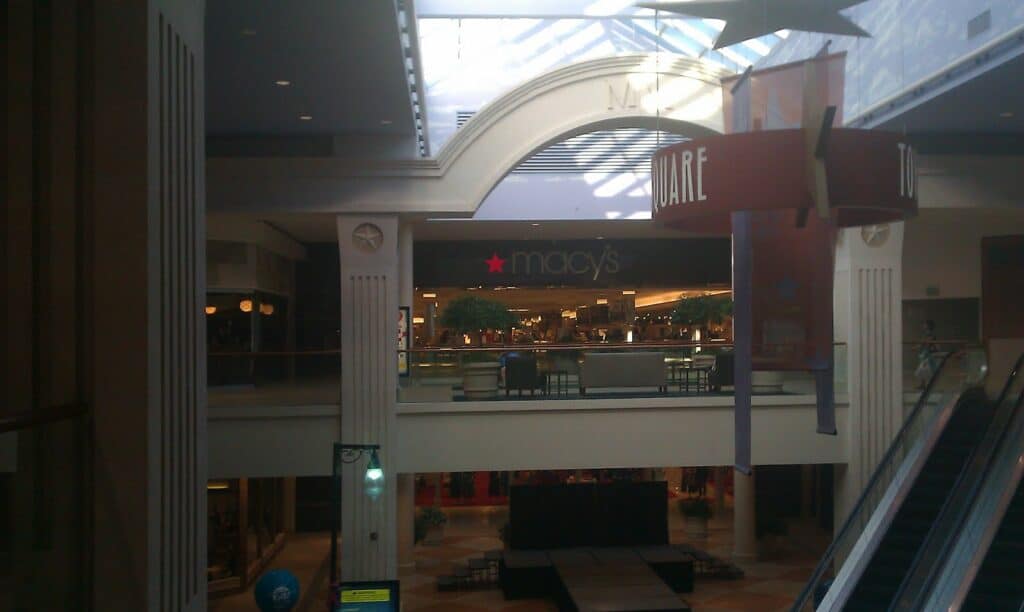
🍀

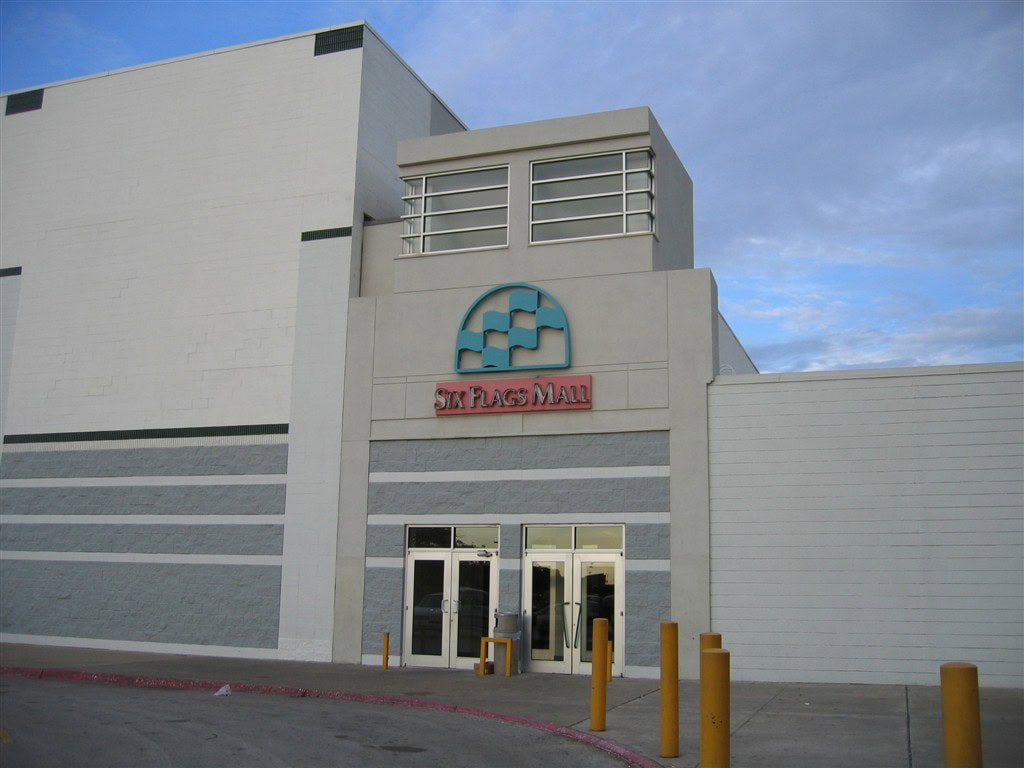
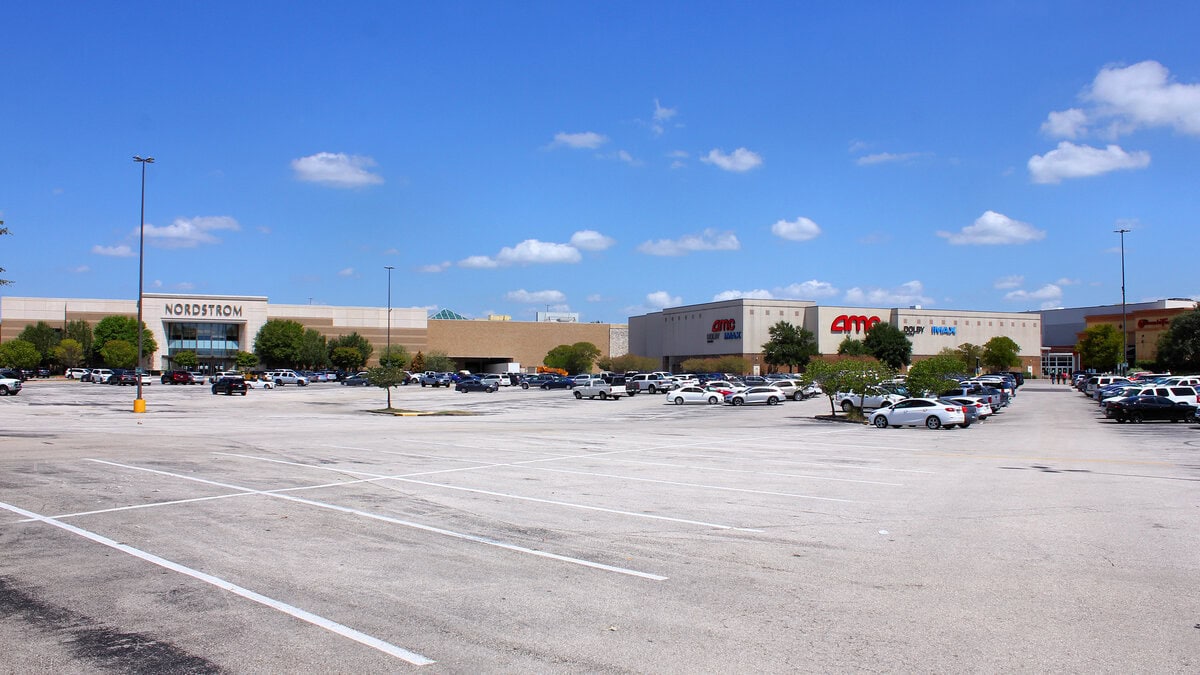

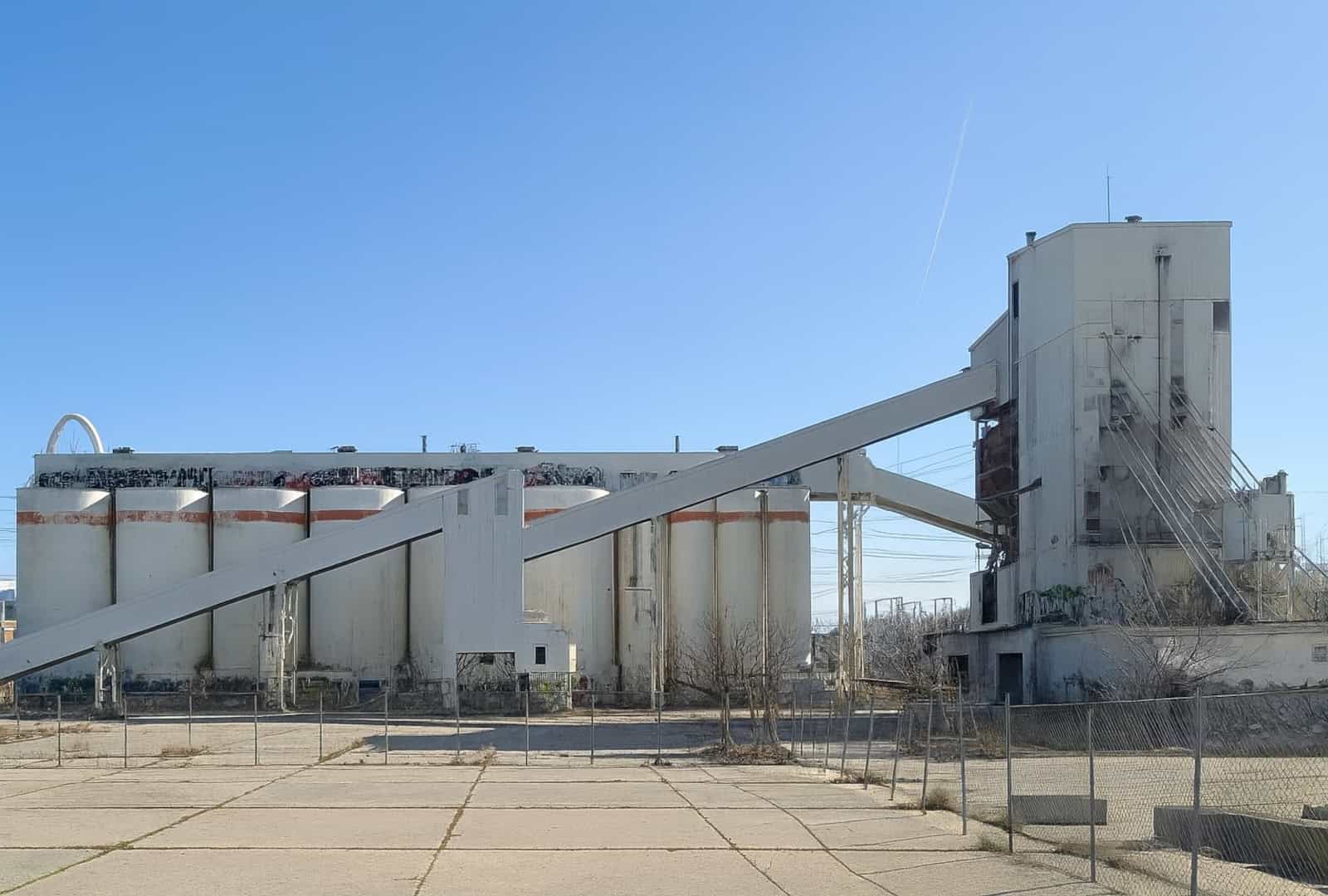
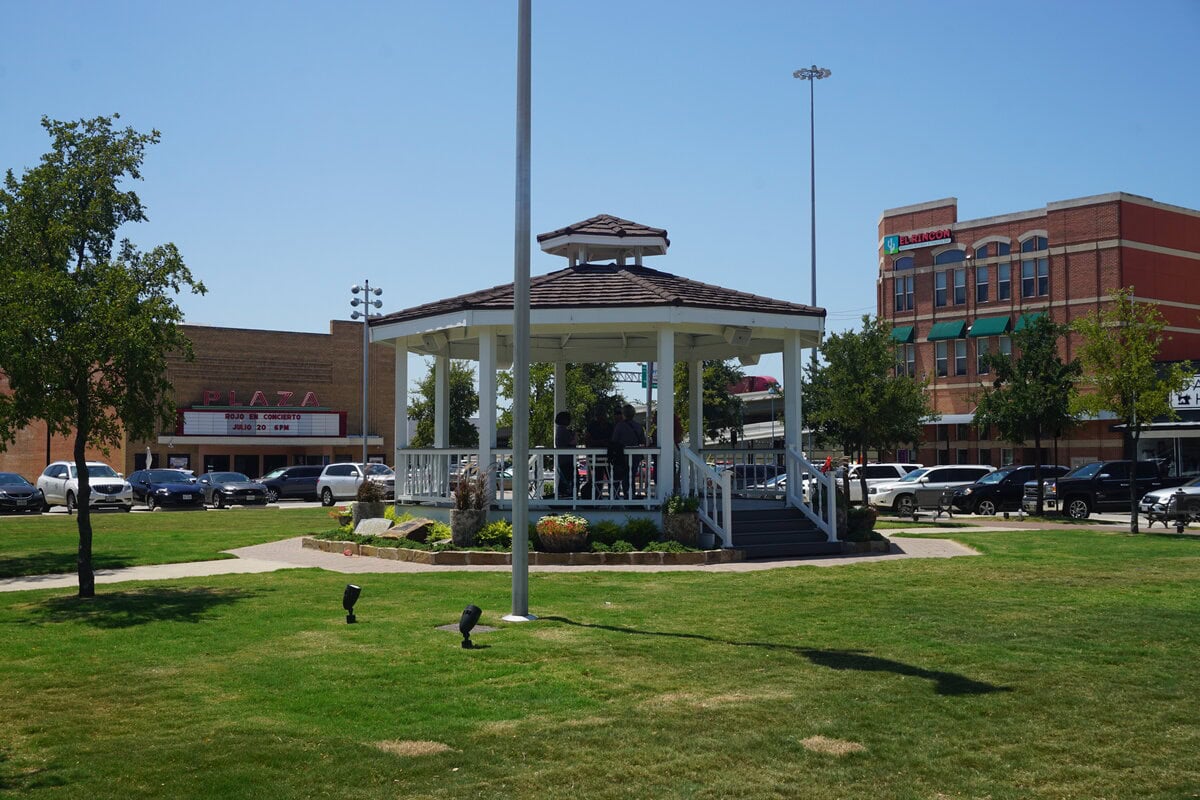


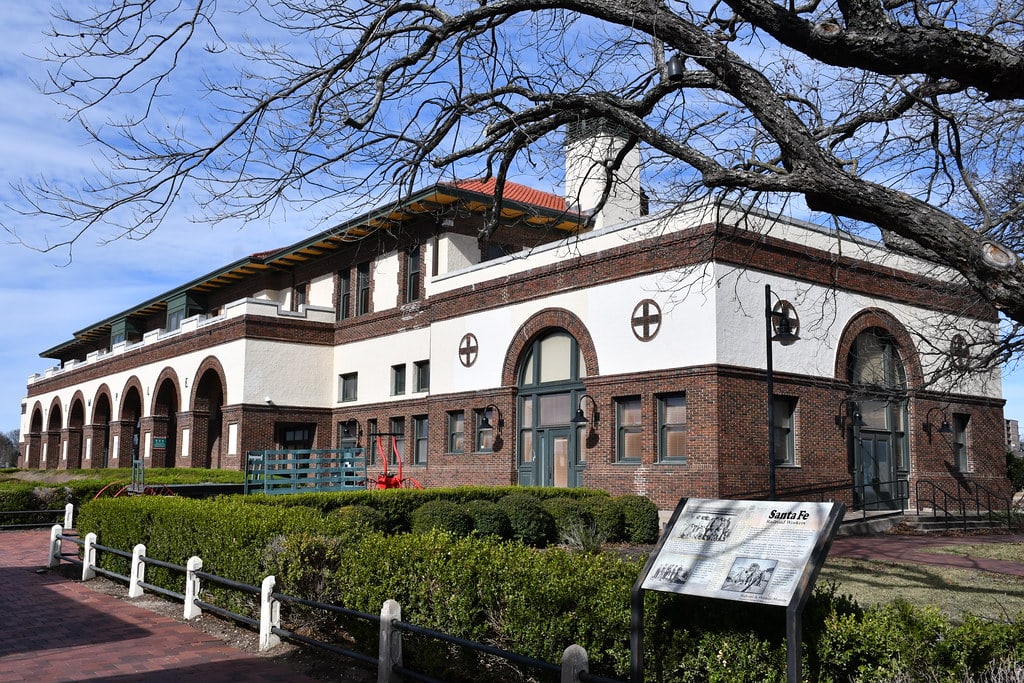
Put the Montgomery Antique Mall there since they are shutting it down. It would be a perfect spot
Some parts of Fort Worth are reaching the point where adaptive reuse has more staying power than yet another chain store. That seems like the zone Montgomery Antique Mall falls into.
Before the space was Foley’s it was Sanger Harris.
Appreciate that addition. Anchors like Sanger-Harris told a different story about what drew people to malls in the 70s and 80s.